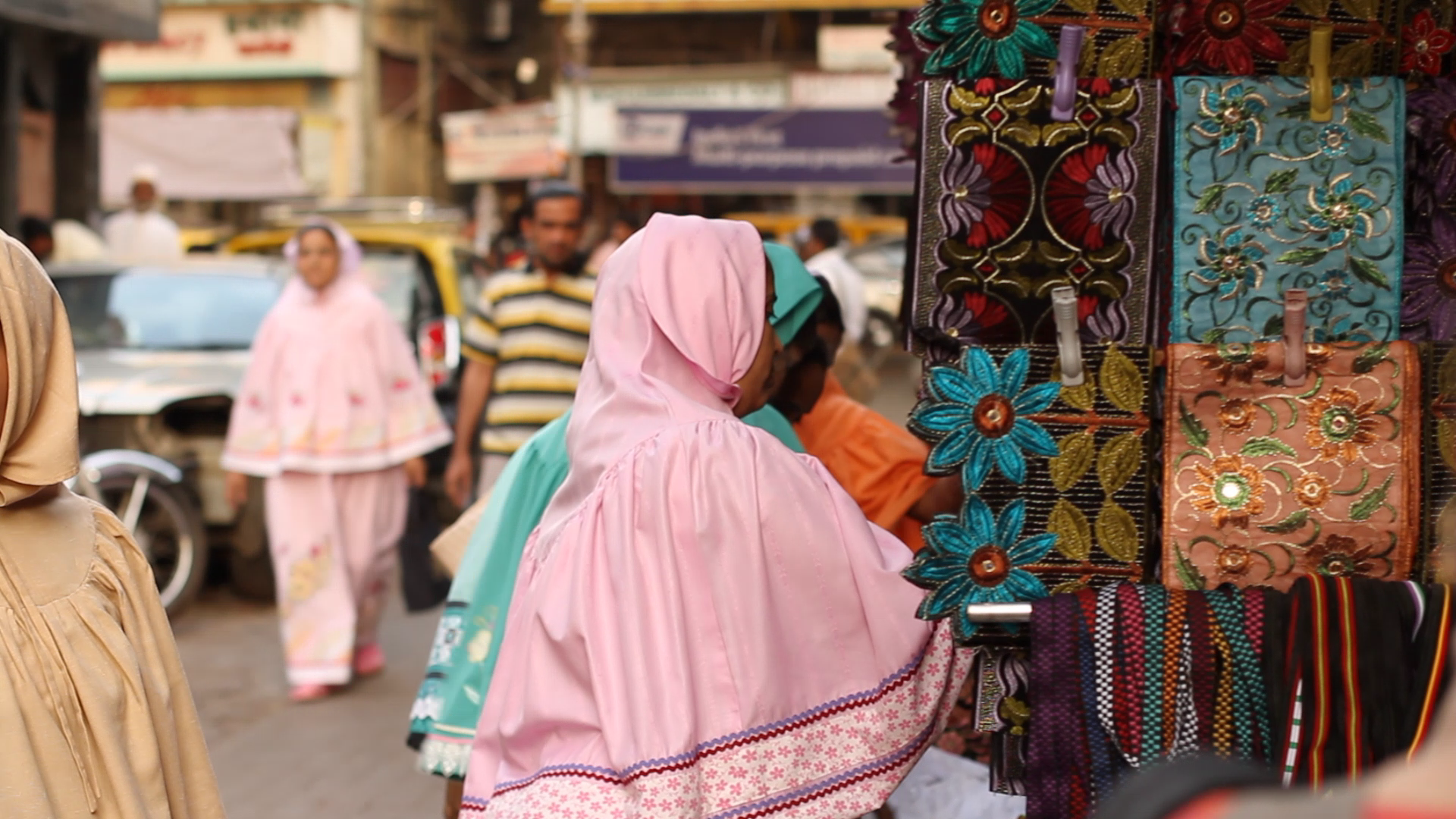By Zarina Patel
Khatna, or female genital mutilation/cutting (FGM/C) within the Dawoodi Bohra community, is not a distinct or unique ritual. It has a context and it is important that Bohra women (and men) understand that context if they are to free themselves holistically, not only from the ritual itself, but from all that promotes it.
Khatna is an imposition of a patriarchal system, a male-controlled system, that seeks to assign a gendered role or designated place for women and imposes rules and regulations to maintain these assigned roles. For women, that role is strictly within the family unit where her duty is first and foremost that of caring for her family, especially the husband or parents; giving birth, including ensuring the survival of humanity; nurturing the progeny; and upholding and promoting this culture and these customs which are largely defined by the patriarchs.
No boy child has his destiny mapped out at birth within the Bohra community, but the idea of a girl child choosing and planning her destiny is considered as entirely secondary and trivial to her so-called God-given role. In this era of the internet and women’s liberation globally, it has seemingly become even more imperative for the patriarchs to keep their women (who, of course, they may consider as their property) in their place.
Nothing works better than religious persuasion, but it so happens that nowhere in the Holy Quran is khatna mentioned, let alone made mandatory. So the patriarchs have concocted a variety of restrictions: women’s dress code is ordained for them; the baggy and unsightly rida is designed to make them feel ashamed of their bodies and to limit their movements; if women must work outside the home, it has to be in family circles or at most in a Bohra environment; if widowed, she must observe total seclusion for four months; associating or travelling with strangers is frowned upon, and so on.
Khatna confers absolutely no benefit, medical or moral, to the girls who are cut. It can be traumatic with long-lasting effects both physical and psychological. It is one more such tradition, which at a very young age instills into the girl child that she is tainted and impure, and hence, it is normal for her to be violated and controlled. Is it surprising then that as adults, most Bohra women meekly accept the various restrictions placed on them.
But women are the greatest defenders of the practice, we are told. True, very true – and some of those women are doctors and the like, educated, so to speak.
Sahiyo has done, and is doing sterling work in exposing the harmful practice of khatna, and encouraging opposition to it. The rejection of khatna must be a step in the liberation of Bohra women.

